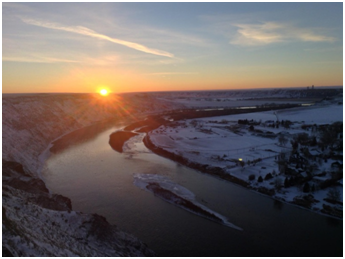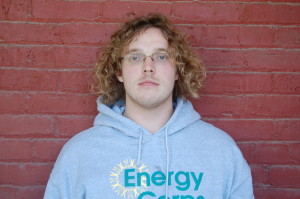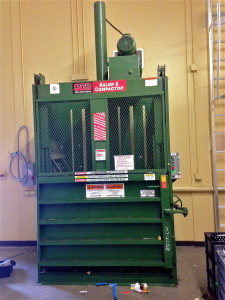Read about how Gordon’s experienced Montana so far through weatherizing and educating;
Directions to Fort Benton, MT: Drive through 3 mountain ranges, along the Missouri River canyon, and out onto the Plains. Beware of ice, snow, and moose in the road. Continue to what feels like the end of the world, then keep driving. Pass a herd of antelope on the left, and slow down to gape. After 30 more miles, your destination will be on your right.

As a Weatherization and Renewable Energy Educator with Energy Corps, I have the goal of providing light weatherization service to 500 homes this winter, focusing on low income households and the elderly. Of course, as Montana has a population of 1 million spread over an area over 4,000 times the size of Manhattan, these homes aren’t always right next door to each other. So last Sunday night, my colleague Devin and I found ourselves driving the NCAT Prius 200 miles from Butte to Fort Benton, a town of 1,474 along the Upper Missouri River with the distinction of being the first settlement in Montana Territory. We spent the next four days weatherizing homes in the area before returning to Butte to prepare for presentations on food energy at the high school the following Tuesday. Next week we’ll be in Helena, then back in Butte to prepare a solar energy exhibit for the local children’s science museum. Then Havre and the Fort Belknap Reservation the two weeks after, then Kalispell and the Blackfoot Reservation in January. One might say I’ll be traveling a bit.
Montana lives up to all of its names. As the “Big Sky Country,” it has shown me some of the most spectacular sunsets and wide open vistas I have ever seen. As the “Last Best Place” it has proven relatively undiscovered, a vastness worthy of a lifetime of exploration. As the “Treasure State,” Montana also has the largest Superfund site in the nation, the result of environmentally destructive copper mining a stone’s throw away from downtown Butte, my home base for the year.
But even more than the landscape, the truly remarkable thing about Montana is the people. Toughened by harsh winters and isolation and calmed by natural beauty and open space, Montanans are true characters. Through my position I have had the opportunity to meet some amazing people and hear their stories. There’s the single grandmother who moved to Helena to escape drug addiction on the reservation, the man who was school superintendent in a town of 185 near the North Dakota border until fracking turned the place upside down, and the Vietnam War veteran and environmental scientist hoping to return to his home in the mountains after recovering from chemotherapy. Every home we enter is different, and in return for the geniality and gratitude we receive I only hope that we can make each one a little warmer.

This position has not always been easy. Working with partial funding from a private utility means that climate change is a touchy subject. Doing sustainability education in a state where ranching makes up a crucial part of the economy means that “Meatless Mondays” can be fighting words. In my first week weatherizing, an 81-year-old woman threatened to pull her gun on us when we pulled up in a vehicle without the utility logo. But in the past two months I have also learned more than I could have ever imagined, and I am excited for the many adventures to come. At the end of the day, I wouldn’t trade this experience for anything.
 Gordon Bauer recently graduated from Williams College with highest honors in chemistry. He has participated in a number of research projects within the field of renewable energy, including developing improved materials for organic photovoltaic and thermoelectric devices. More recently he completed a research project evaluating the carbon mitigation potential of solar cookers in Nicaragua. Gordon is serving with NCAT this year, weatherizing low income homes and educating communities about energy efficiency and renewable energy technologies.
Gordon Bauer recently graduated from Williams College with highest honors in chemistry. He has participated in a number of research projects within the field of renewable energy, including developing improved materials for organic photovoltaic and thermoelectric devices. More recently he completed a research project evaluating the carbon mitigation potential of solar cookers in Nicaragua. Gordon is serving with NCAT this year, weatherizing low income homes and educating communities about energy efficiency and renewable energy technologies.








